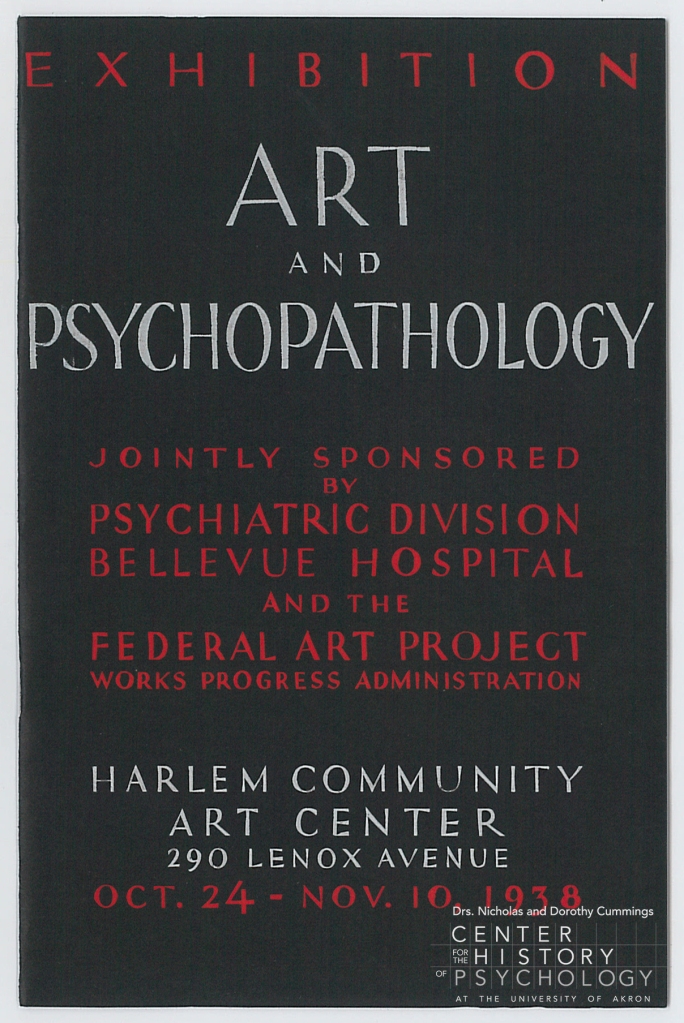contributed by Brittany Hujar – Intern at the CCHP.
As a graduate student pursuing a Master’s in Library and Information Science, I knew I wanted to concentrate on the digital aspect of preservation. I have always been attracted to history and the act of preserving it; my other master’s degree is in Art History. In the digital era, we see media that is being developed to help progress the institutions of archives, while other media are dying out. I think it is important for archivists and historians to be aware of the importance of digital preservation to preserve the mediums that have the potential of becoming lost, damaged, or obsolete. When I decided to intern at the Cummings Center for the History of Psychology (CCHP) I was excited to delve into their film and photograph collection. This was my chance to be hands on with the material and the digitization process.

With older audio/visual materials, it is important to digitize and migrate this media into a digital format. At my internship, I am digitizing Walter Miles’ films. Walter Miles was an American psychologist. His collection came to the CCHP in August of 1982, and his extensive collection (with a finding aid of 777 pages!) covers his work from 1928 to 1965. I have digitized about 20 of his films in the collection, which focus on his work between 1928 and 1957, including his development of the two-story rat maze, patient examinations, and home movies from this time spent in Istanbul.

The goal of digitizing this collection is not only to preserve the quality of the film, but also to increase public access. Some of Miles’ films have already been digitized, but our original telecine could only scan at a resolution rate of 1024 by 768. In the 1990s and 2000s this scan resolution would have been fine, due to most televisions and computer monitors not having a very high resolution. Now, with a Cintel Backmagic film scanner, we can scan the film at very high resolutions. 2304 x 1712 for 16mm film and 3840 x 2160 for 35mm film. Many smaller institutions don’t have access to scanner of this type so they have to send film out to be digitized.The CCHP has the only Cintel Blackmagic scanner in Summit County. The machine is able to scan 16mm, Super-16mm, 35mm and Super-35mm film. So far, I have had the pleasure to work with 8mm, 16mm, and 35mm film.

The first step in the digitization process is to inspect and “clean” the film. One thing that you wouldn’t expect from film sitting in a container all the time is that it would be dusty. We use white gloves to make sure not to get our grubby hands on the frame and smudge the film. It is important to inspect the film by checking for any shrinkage and to make sure that the splices are in good condition. Film that is not kept in proper conditions falls victim to different elements that can damage the film, such as shrinkage and vinegar syndrome. Vinegar syndrome occurs when the film starts to deteriorate and a chemical reaction happens, producing a vinegar odor. Luckily, the Miles films have been kept in excellent condition with only a few that needed resplicing or shrinkage.

A splice is where two films have been taped together, either due to film editing or damage. If a splice is not repaired in the inspection process the likelihood of breaking when the film is run through the scanner increases.

All of the Miles films are 16mm silent films in black and white and color. After inspecting the film, I then load it onto a film scanner and run it at 11 frames per second. The amount of time each film takes to scan depends on the length of the film. I try to inspect a film while one was being scanned, but sometimes the content of each film was interesting to watch, so that wasn’t always the case. The film scanner captures each frame as its own high-resolution image and imports into the program DaVinci Resolve. After the entire film is captured, I then export it to our media drive.

The process is straight forward but intricate. However, it is an important one for the preservation of audio/visual materials. It’s a process that takes time, care, and knowledge.






















